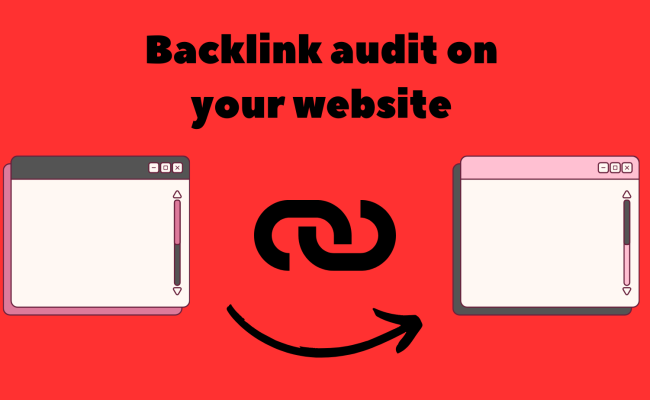Objective: The aim of this guide is to perform a thorough backlink audit for any website, providing insights into the current state of its backlink health and actionable steps for improvement.
Importance: Backlinks play a crucial role in search engine rankings. A backlink audit ensures that your website leverages quality links and avoids penalties associated with poor-quality ones.
Tools Required: Browser, Google Docs, Google Sheets, SEMrush, and Ahrefs.
Frequency: Conduct the audit periodically, ideally every 3-6 months or when there are suspicions of penalization due to the website’s link profile.
Performed by: The individual responsible for SEO.
Environment Setup
- SEMrush Account Setup:
- Visit SEMrush’s signup page.
- Create an account by providing necessary details.
- Ahrefs Account Setup:
- Go to Ahrefs’ website.
- Choose a suitable plan (Standard plan is generally sufficient).
Step-by-Step Backlink Audit Process
1. Identify Potentially Toxic Backlinks using SEMrush:
- Log in to your SEMrush account and navigate to “Backlink Audit.”
- Enter the website to be audited and start the backlink audit process.
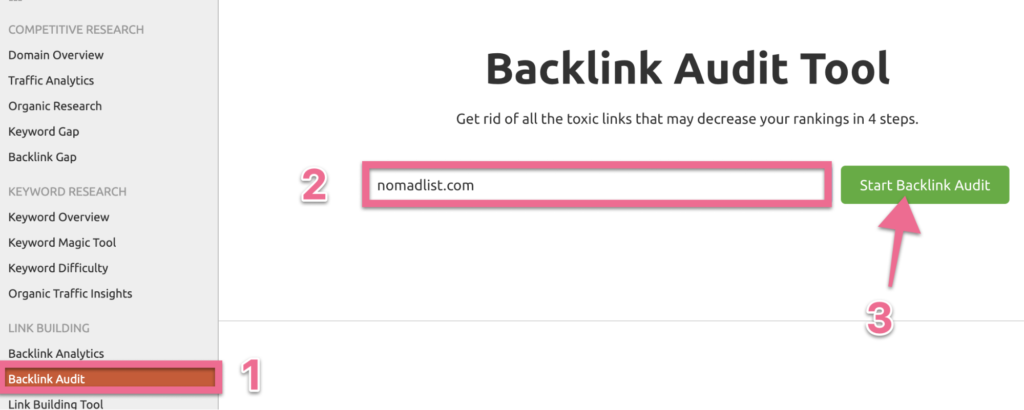
- Configure settings including brand settings, domain category, and target countries.
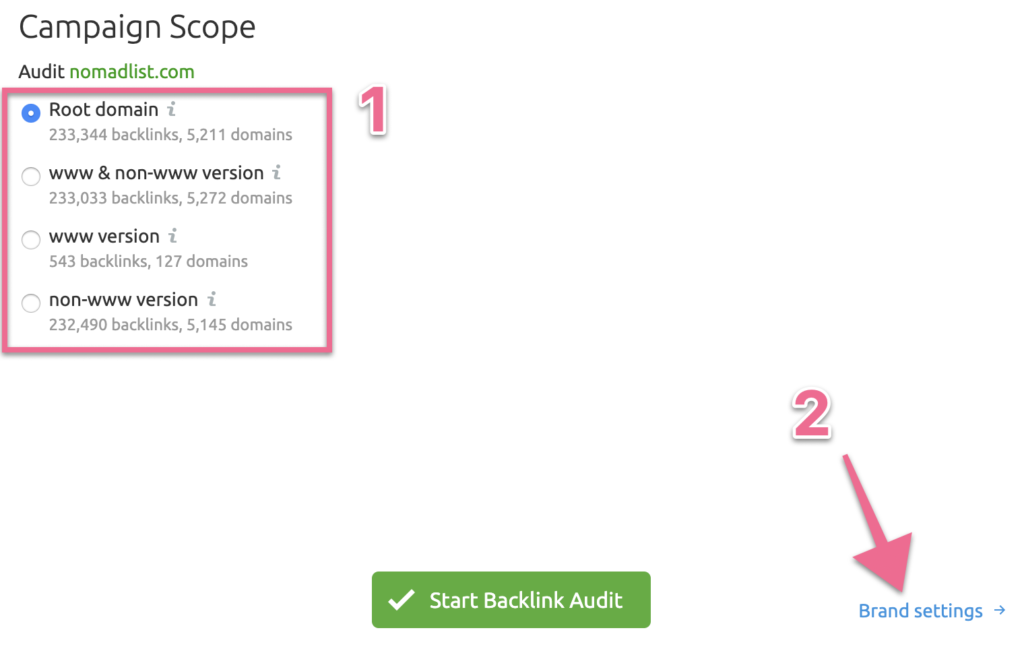
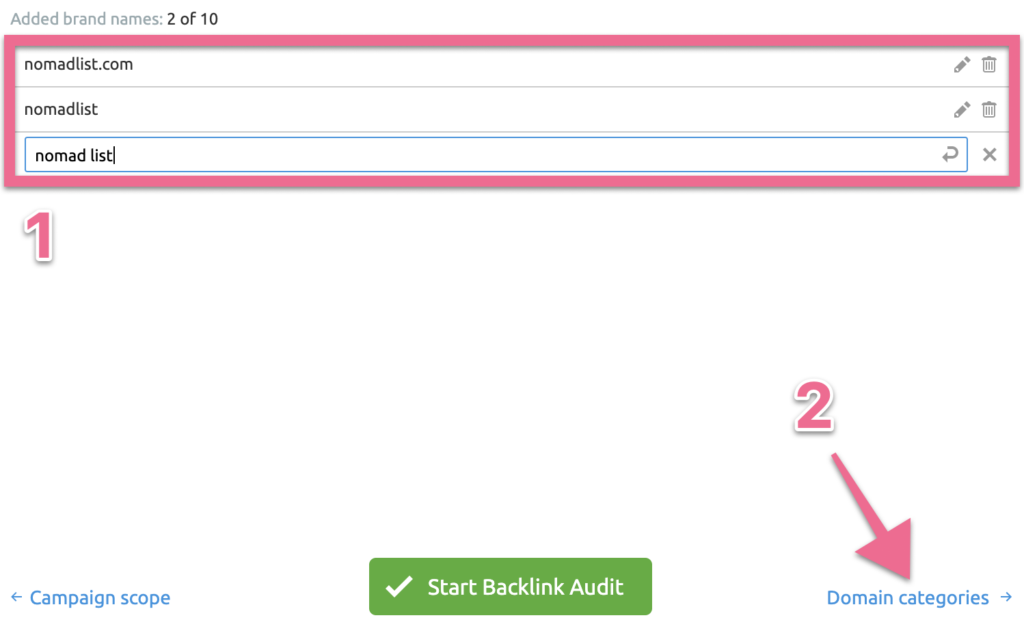
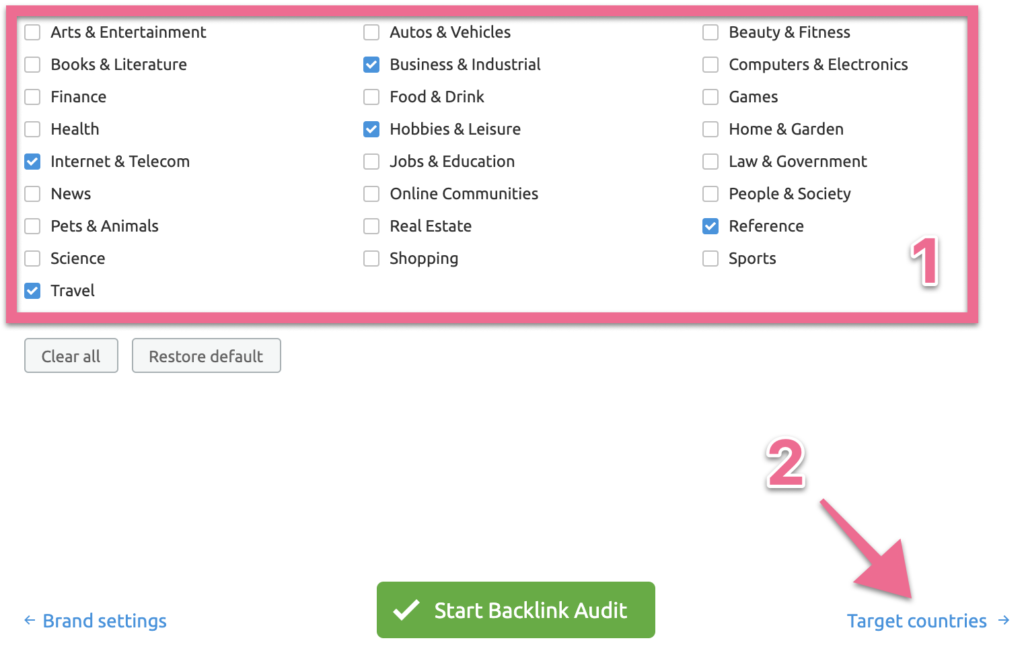
- Once the audit is completed, review the Overall Toxic Score.
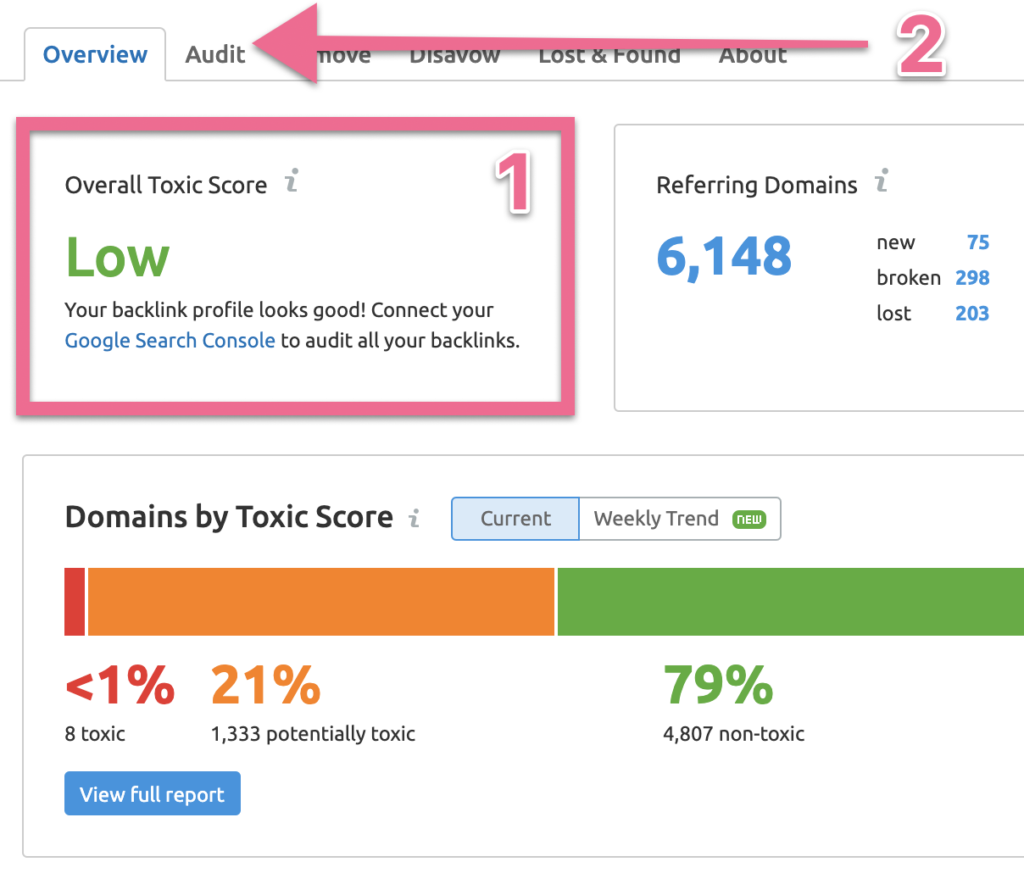
- Export the results to CSV and open it in Google Sheets.
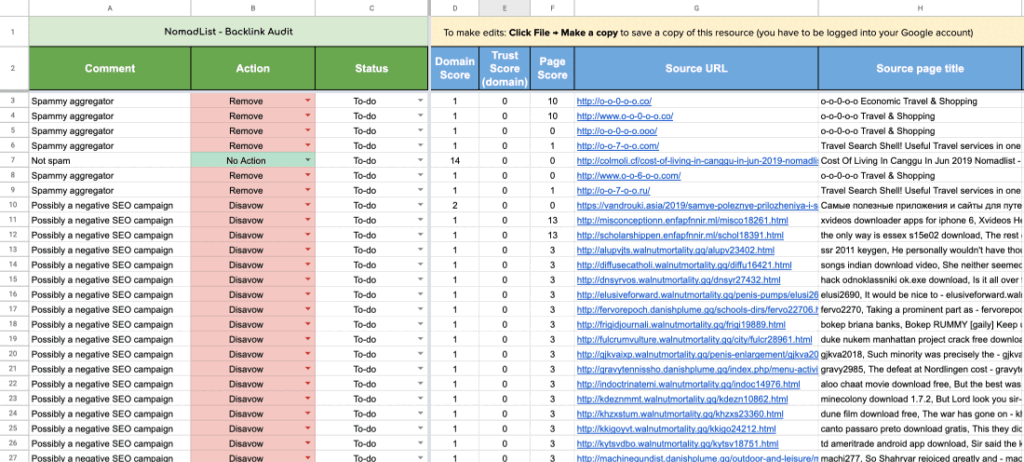
- Paste the data into the Backlink Audit Template.

- Analyze each link manually and assign a Risk Score.
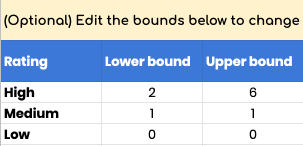
- Decide on actions for each link: Remove, Disavow, or No Action based on risk assessment.
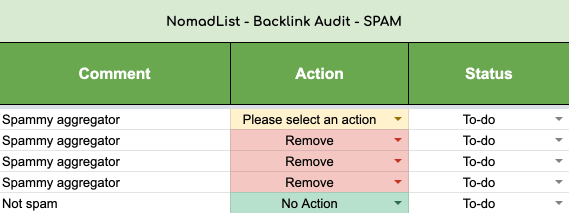
2. Take Action on Spammy Backlinks:
- For links marked for removal, attempt to contact the website owner to request removal.
- Utilize various methods to find contact information, prioritizing personal contacts over generic email addresses.
- If necessary, use tools like Mail Hunter or Whois lookup for contact details.
- Follow up with a polite removal request email template provided.
3. Identify 404 (Broken) Backlinks using Ahrefs:
- Open Ahrefs and enter the website for analysis.

- Select “Broken” to identify broken backlinks.
- Export the data to CSV and paste it into the 404 Audit Sheet in the Backlink Audit Template.
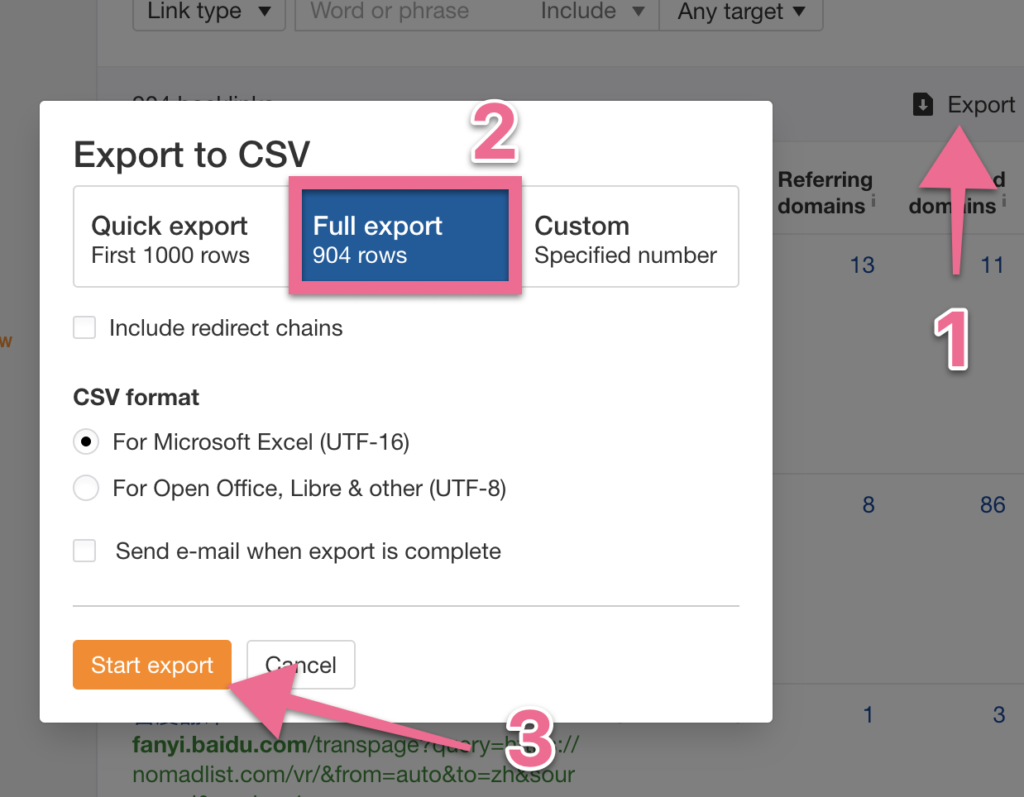
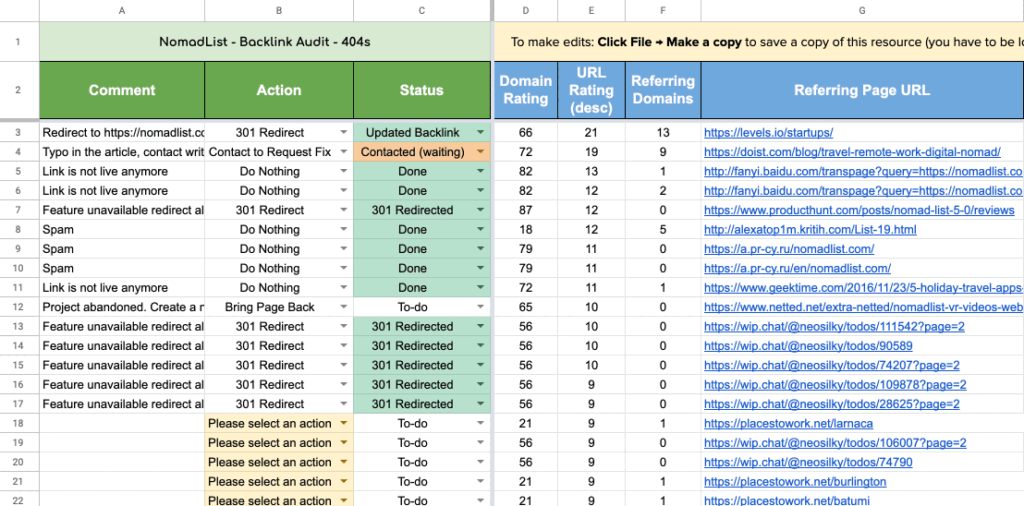
- Review each link and decide on actions: Contact for fix, Redirect, Bring page back, or No Action.
4. Take Action on 404’d Backlinks:
- For links needing a fix, attempt to contact the website owner to request correction.
- Follow similar steps as mentioned earlier to find and contact the responsible party.
- If redirection is required, follow the provided procedure for implementation.
- For recreating content, follow appropriate content creation guidelines.
- For links marked with no action, move on to the next link.
5. Analyze Your Top Linked Pages using Ahrefs:
- Use Ahrefs to analyze the top linked pages of the website.
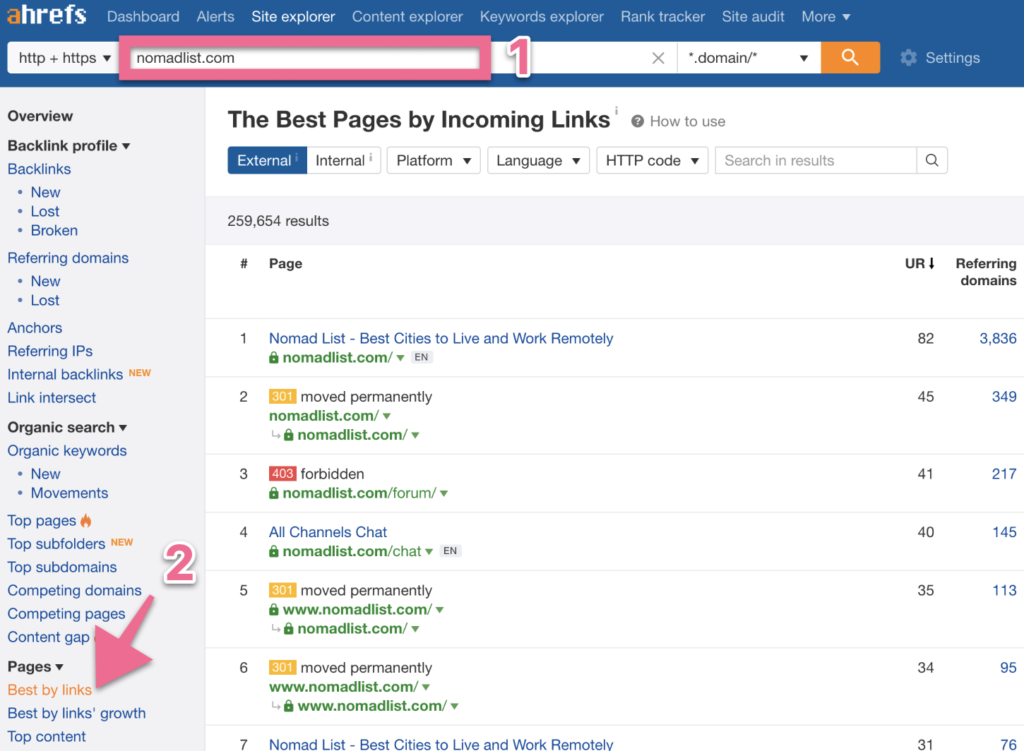
- Export the data to CSV and paste it into the Popular Pages Sheet in the Backlink Audit Template.

- Add comments and actions as needed based on the analysis.
- Extract insights for future link building campaigns and content creation strategies.
Conclusion:
By following these steps, you’ll be able to conduct a comprehensive backlink audit for your website, identifying areas for improvement and implementing necessary actions to enhance its overall SEO performance. Regular audits and proactive measures are essential for maintaining a healthy backlink profile and improving search engine rankings.

